The ancient art of indigo dyeing, with its deep blue hues and rich cultural heritage, faces a modern paradox. As contemporary consumers increasingly demand both vibrant, long-lasting colors and environmentally responsible production, traditional dyers find themselves navigating a complex landscape where history and sustainability intersect. The very essence of blue—the mesmerizing shade that has captivated civilizations for millennia—now stands at a crossroads between permanence and planetary responsibility.
For centuries, indigo dyeing relied on fermentation vats where microorganisms reduced insoluble indigo into soluble leuco-indigo, allowing fabrics to absorb the dye before oxidizing back to its brilliant blue form. This process, while natural, presented challenges even to historical artisans. The color's notorious tendency to fade—sometimes dramatically after just a few washes—was accepted as part of its character. Yet today's market rejects such impermanence; consumers expect colors that withstand dozens of washes without significant fading. This expectation pushes artisans toward synthetic fixes that enhance colorfastness but often compromise the method's ecological integrity.
The environmental concerns surrounding traditional indigo are multifaceted. Natural indigo cultivation itself requires significant land and water resources, while the fermentation process can produce substantial organic waste. However, these issues pale in comparison to the environmental impact of synthetic indigo and its accompanying chemicals. The conventional synthetic indigo used in most commercial denim production relies on petrochemical derivatives and involves harsh reducing agents like sodium hydrosulfite, which generates sulfate waste that can pollute waterways. The quest for better colorfastness typically introduces additional chemical mordants and fixatives, creating a cascade of environmental concerns from production to disposal.
Modern science offers several promising alternatives that attempt to bridge this divide. Biotechnology companies have developed fermentation-derived indigo using genetically modified microorganisms that produce indican, which can be hydrolyzed to indigo without the traditional chemical reduction process. This approach maintains the chemical structure of indigo while eliminating many harmful reagents. Similarly, research into natural reducing agents derived from plants like henna or fruits high in reducing sugars shows potential for creating more eco-friendly vat systems. These innovations seek to preserve the authentic chemical nature of indigo dyeing while addressing its environmental shortcomings.
Beyond chemical innovations, process modifications present another avenue for reconciliation. The adoption of closed-loop water systems allows artisans to recycle water and treat effluent more effectively, significantly reducing water consumption and pollution. Some forward-thinking workshops have implemented solar energy to power the temperature control systems necessary for maintaining optimal dye vat conditions, reducing reliance on fossil fuels. These technological adaptations, when combined with traditional knowledge, create hybrid systems that honor the craft's heritage while embracing contemporary environmental standards.
The role of consumer education cannot be overstated in this balancing act. The fashion industry's relentless pursuit of novelty and perfection has conditioned shoppers to expect flawless, unchanging colors—an expectation fundamentally at odds with the natural variations and aging characteristics of traditional dyes. Artisans and advocates are increasingly transparent about the natural fading properties of plant-derived indigo, reframing it not as a defect but as a valued characteristic that tells a story of authenticity and natural origin. This educational effort helps create market demand for products that celebrate rather than hide the inherent qualities of natural dyes.
Certification systems and labeling initiatives have emerged to help consumers identify truly sustainable indigo products. These programs assess the entire production chain—from farming practices and water management to working conditions and chemical usage—providing third-party verification of environmental claims. For artisans, obtaining such certifications represents both a challenge and an opportunity: the documentation and process changes require significant effort, but the resulting market differentiation can justify premium pricing that supports more sustainable practices.
The cultural dimension of indigo dyeing adds another layer of complexity to this modernization dilemma. In many regions, particularly in West Africa, Japan, and parts of Southeast Asia, indigo dyeing represents not just a technical process but a living cultural heritage. The knowledge passed down through generations encompasses not only dyeing techniques but also spiritual practices, social structures, and artistic expressions. As modernization pressures mount, preserving this intangible cultural heritage becomes as important as addressing technical and environmental concerns. The most successful initiatives recognize that sustainable innovation must work in tandem with cultural preservation, ensuring that modernization doesn't come at the cost of cultural erosion.
Looking toward the future, the path forward likely involves a mosaic of approaches rather than a single solution. Small-scale artisans may continue working with traditional methods while implementing incremental environmental improvements, serving niche markets that value authenticity above perfect colorfastness. Larger commercial operations might adopt biotechnological alternatives that offer scalability and consistency while reducing environmental impact. What remains clear is that the romance of indigo—the magical transformation from green to blue, the connection to ancient traditions, the depth of color that seems to contain entire oceans—continues to captivate us. The challenge lies not in choosing between colorfastness and sustainability, but in innovating ways to honor both the beautiful impermanence of natural dyes and our responsibility to preserve the planet that provides them.
As the sun sets on another day in dyeing workshops from Mali to Japan, from small American studios to European research laboratories, the indigo vats continue their quiet work. The conversation between tradition and innovation, between permanence and sustainability, continues in every length of cloth dipped and oxidized. The resulting blues—each slightly different, each telling its own story of balance and compromise—continue to weave their magic into the fabric of our lives, reminding us that the most valuable traditions are those that evolve without losing their soul.
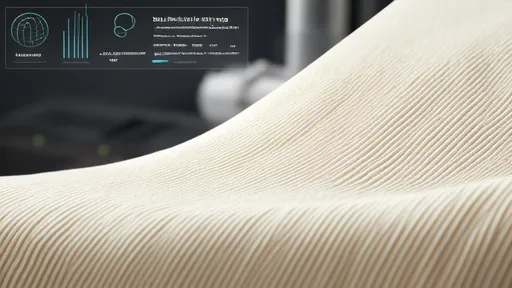
By /Aug 21, 2025
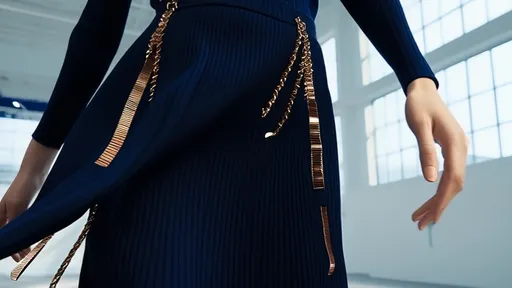
By /Aug 21, 2025
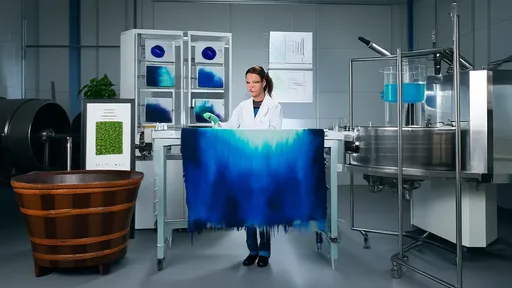
By /Aug 21, 2025
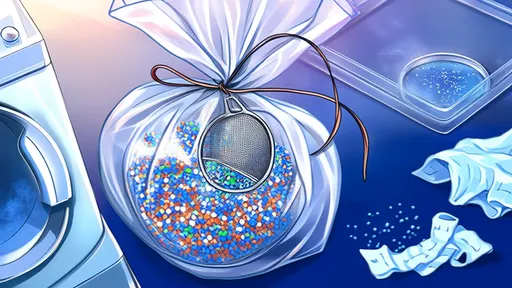
By /Aug 21, 2025

By /Aug 21, 2025

By /Aug 21, 2025

By /Aug 21, 2025
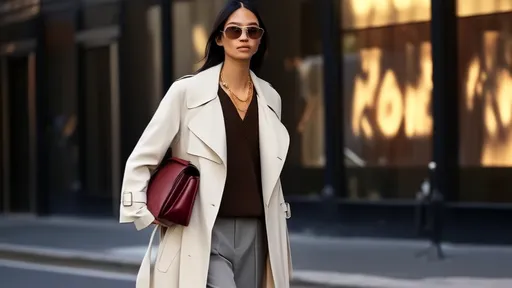
By /Aug 21, 2025

By /Aug 21, 2025
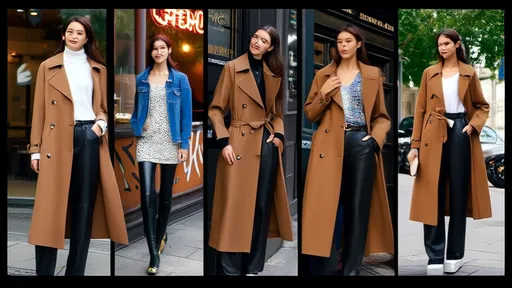
By /Aug 21, 2025

By /Aug 21, 2025

By /Aug 21, 2025
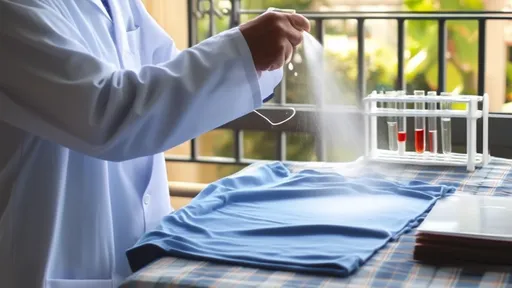
By /Aug 21, 2025
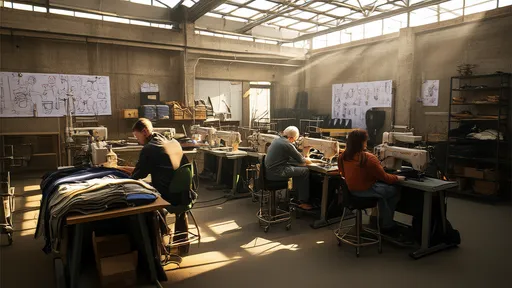
By /Aug 21, 2025
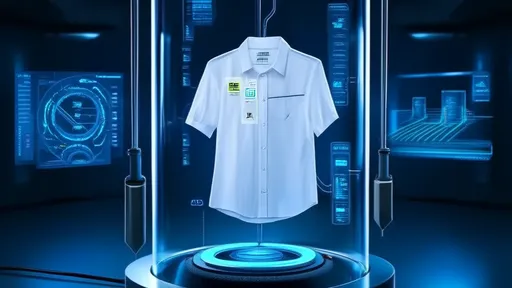
By /Aug 21, 2025
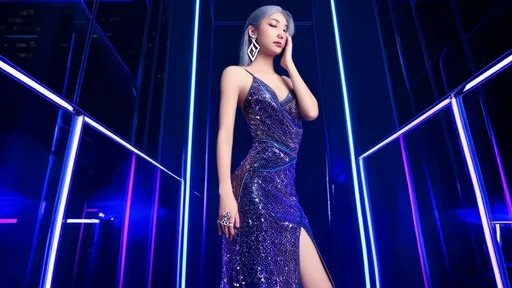
By /Aug 21, 2025
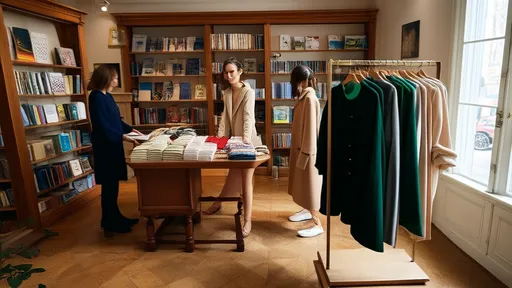
By /Aug 21, 2025

By /Aug 21, 2025
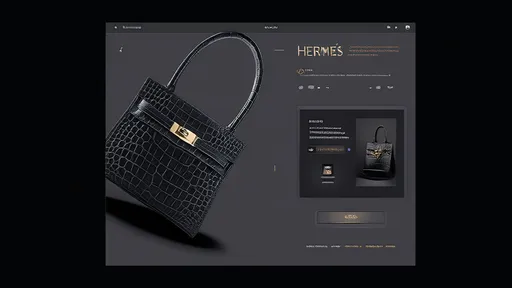
By /Aug 21, 2025
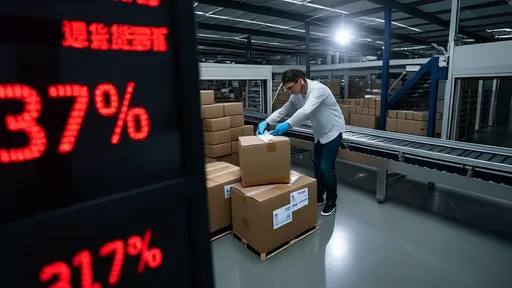
By /Aug 21, 2025